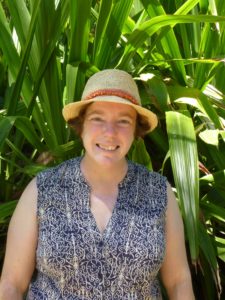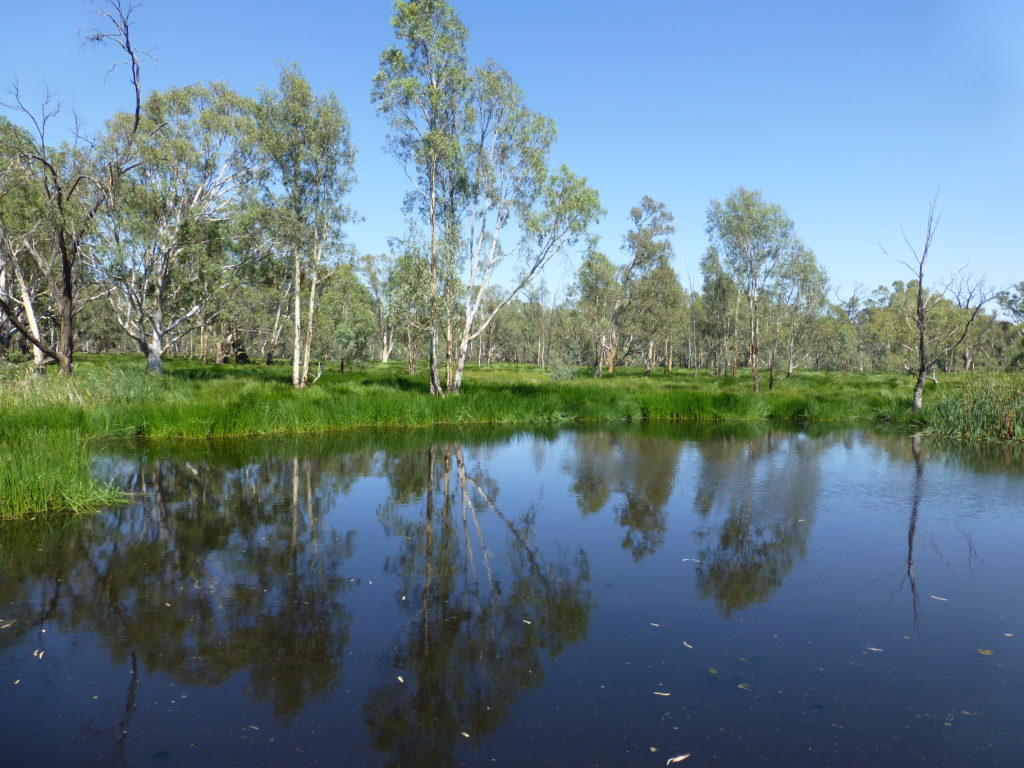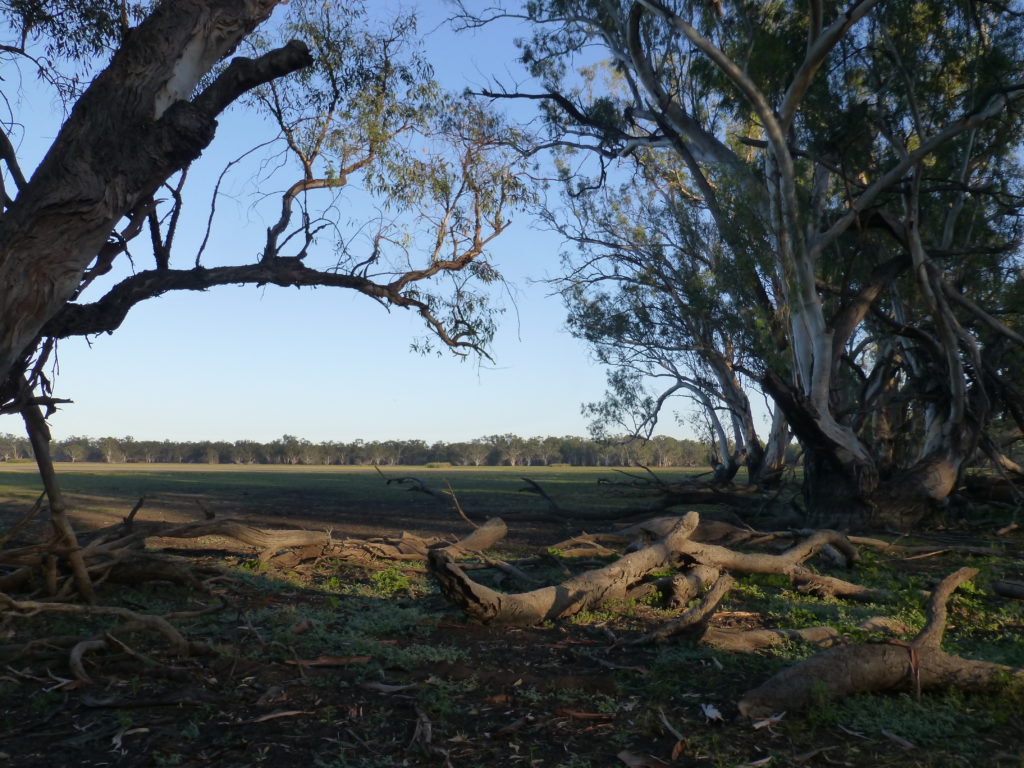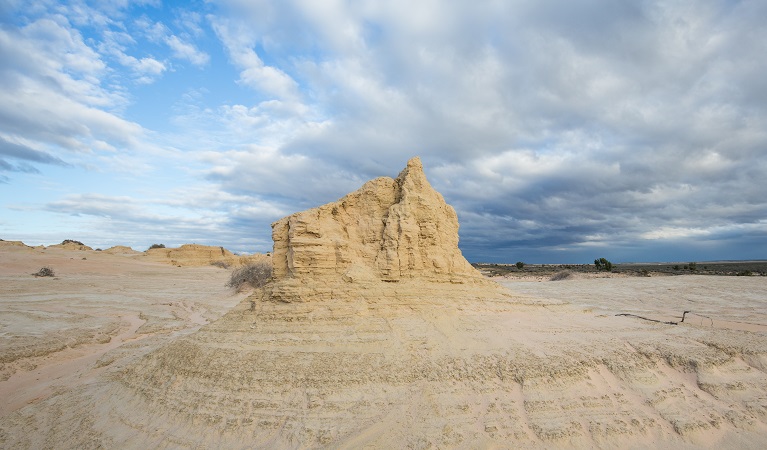King parrots, cockatoos, kookaburras and bush turkeys are easy to spot around Catherine’s childhood home, which backs onto Berowra Valley National Park. Passionate the great outdoors since her days playing in the national park after school, Catherine decided to undergo a career change after 25 years working as a legal administrator and family lawyer. That career change – kicked off with a Master’s degree in environmental science at CSU Albury – saw her get back to what she had always been fascinated by around her north Sydney home: landscapes and environment.

Catherine Conroy underwent a career change from law to follow her passion for the great outdoors.
While studying environmental science, she learned about how much landscape management knowledge can be found within Indigenous communities. “I was interested to hear their stories on the Murrumbidgee River, which used to be used by Indigenous groups as a highway,” Catherine says. “Before I didn’t really appreciate what Indigenous people know about the Australian environment and landscape. They have a deep, abiding love for the land.”
Through consultation with Indigenous groups at Yanga National Park, Catherine also found out that levees and dams have greatly limited natural flooding events, altering aquatic food sources endemic to the region. There she also learned about local spirituality and the enduring Outback landscapes that dot the park.

Yanga National Park in its green glory.

A flat at Yanga National Park.
Outside of New South Wales, Catherine has also camped at Currawinya Lake near Hungerford, South-West Queensland. While travelling the sandy, red soils of Currawinya National Park she investigated best practices to manage feral cat populations – a pest that is among the hardest to catch because of its intelligent nature.
In her current role as South West NRM project officer, Catherine has also undertaken projects to regenerate the Ward River, Charleville, QLD, by building up plant life to stop erosion and create an ecosystem suitable for native fish to breed in. On dry land, she actively takes part in cacti bio-control programs – tiny bugs placed on invasive cacti that eat away at the succulent’s flesh until it is eradicated.
Along the way, the NRM project officer has been enjoying all that the Outback has to offer.
“The South West Queensland landscape is big, wide open spaces. I have been enjoying that and learning to read the landscape. You see dramatic changes from Mulgalands to flood plains when you go walking.”
Catherine reflects that a major conservation issue in her home state of New South Wales is coercing private landholders to get involved with conservation.
“Plans for conservation need to be sustainable beyond the Governments in office and the plans need to be bi-partisan.”
Her next major bushwalking trip – Mungo Lakes National Park (pictured below). A locale that interests her because of its landscape and history. “It’s one of the first Australian World Heritage sights and includes 19 lakes.”

Mungo National Park Landscape
When Catherine can’t head west she says Ku-ring-gai Chase National Park, with its unique Angophora trees and sandstone country, brings endless curiosity and satisfaction.
Pictures: Catherine Conroy
